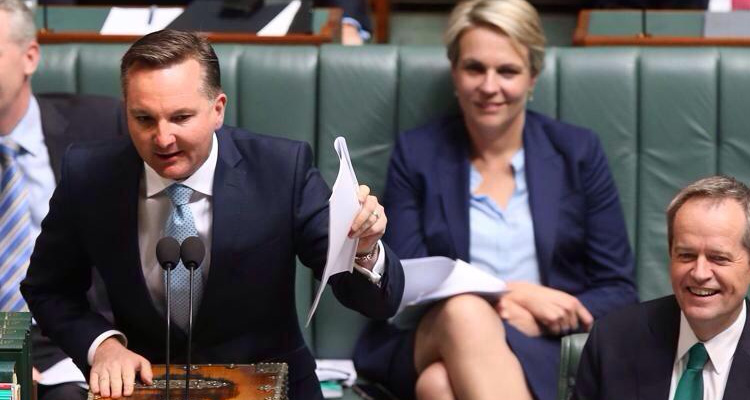
Big news for property investors! If Labor win the election this year they will remove negative gearing for properties purchased after 1st July 2017 unless they are new builds. Chris Bowen explained new builds as completed within the last 12 months and the investor is the first owner after the developer. I would hate to be a developer caught with a couple of properties that were slow to sell. They also intend to reduce the CGT Discount to 25% on properties purchased after 1st July, 2017.
The big question now, is how should property investors respond to this news? Chris Bowen says that only 7% of negative gearing applies to new builds so the abolition of negative gearing on established properties should increase the supply of houses. With an increase in the supply of houses and tax disincentives on established houses it would be reasonable to expect, this policy to increase housing prices for the time between the election of the ALP and 1st July, 2017 followed by an overall slump in demand for properties from investors because they would have all purchased before that date. Eventually new properties will increase in value but the properties bought before 1st July, 2017 will experience sluggish growth if investors have as much effect on the market as the Labor party thinks.
Please don’t think this is going to be the only factor driving prices. There will be differing effects in different areas, for example regional areas are easier to positively gear with a bit bigger deposit, city areas have very little land available to build a new house so properties with potential for unit development will be in demand. Interest rates will still play a much stronger part in the price of property.
I am old enough to remember when Keating abolished negative gearing. He applied it across the board to all properties immediately so there was a pretty dramatic affect in Sydney and Perth. Within 2 years he had to reverse it. The interesting thing is that the supply of rentals dropped in these capital cities but increased elsewhere. Some commentators say this proves that the abolition of negative gearing had no effect on the supply of rental properties. My opinion is that property investors moved from negatively geared properties to positively geared properties. Investors were most likely to achieve this by selling their Sydney or Perth property and buying a property in the regional areas that had a much better chance of breaking even, even if that was because they could use the net sale proceeds of the capital city to place a bigger deposit on a regional property.
Once we go past the 1st July, 2017 taxpayers wanting to invest in areas where the rent return to purchase price ratio is very poor, such as Sydney and Melbourne, will find brand new properties more attractive because it would be unusual for them to have enough deposit for the property to be positively geared, in fact by the time you take into account the high land tax in these areas they may even have trouble breaking even if they owned the property outright. An affordable house and land package in these areas would be difficult to find so one would expect the demand for units to increase.
If you are going to rush out and buy a property before 1st July, 2017 it maybe best to buy a property on a future development block. Then if/when demand for new properties out strip established ones your property will at least be attractive to developers who are set to profit from these changes. They won’t care about negative gearing or the CGT discount so the value of such properties shouldn’t be changed by these new policies.
After 1st July, 2017 I would be more likely to buy a property in a SMSF because the reduction in the CGT discount does not apply to SMSF which still only pay a maximum of 10% on capital gains. Further, I could still reduce my personal income by superannuation contributions regardless of whether the fund buys a new or established property.
What of the reduction in the CGT discount? This will make the tax on selling higher so maybe people, realising they will not have enough money left to buy a similar property after they pay the tax, will not sell. That may push prices up through lack of supply but probably not enough to counter the fact the property is no longer new so investors are not interested in it unless they can get it to breakeven.
Now if you think this sounds bad you have got to be even more worried about Scott Morrison’s reply claiming that it does not raise taxes soon enough because it will only apply to properties purchased after 30th June 2017. This would suggest that he is not actually against abolishing negative gearing and reducing the CGT discount so he may well be planning to do it sooner, possibly in the May budget.
Before you rush out and sell your rental property in case the value of established properties drop or in fear that the Coalition will reduce the CGT discount to properties sold after the May budget, just remember you have to put your money somewhere.
Abolishing negative gearing is not all about a level playing field, it is only the people who have to borrow heaps to buy an investment property who negatively gear. The wealthy with plenty of cash will have positively geared properties anyway, no doubt held in a SMSF or trust so the profits don’t get taxed at their personal tax rates.
I am hoping to obtain more information about Labor’s policy and will be posting it on our face book site as soon as it comes to hand. So please follow us at https://www.facebook.com/BANTACSpropertypage/
 Julia's Blog
Julia's Blog